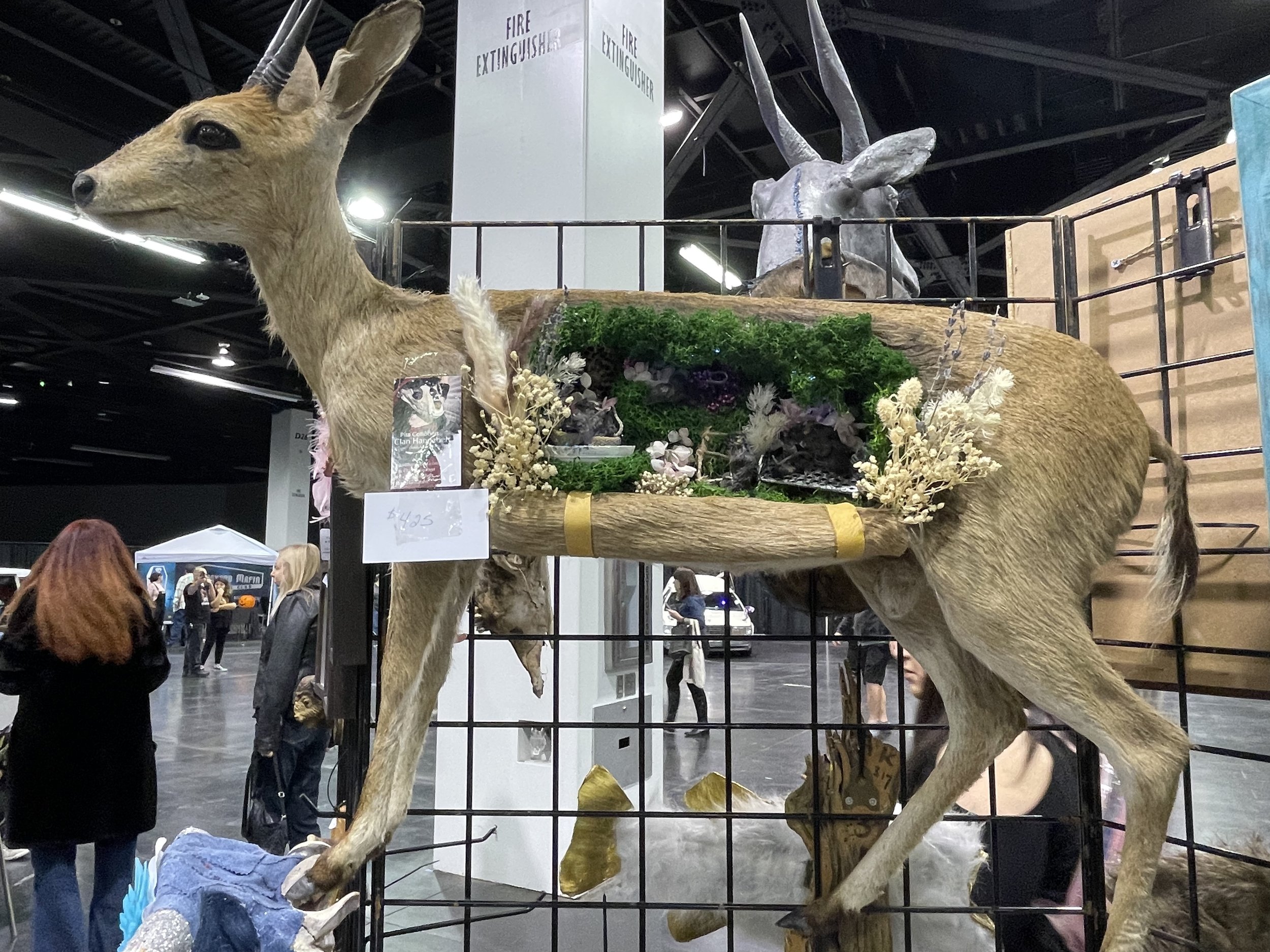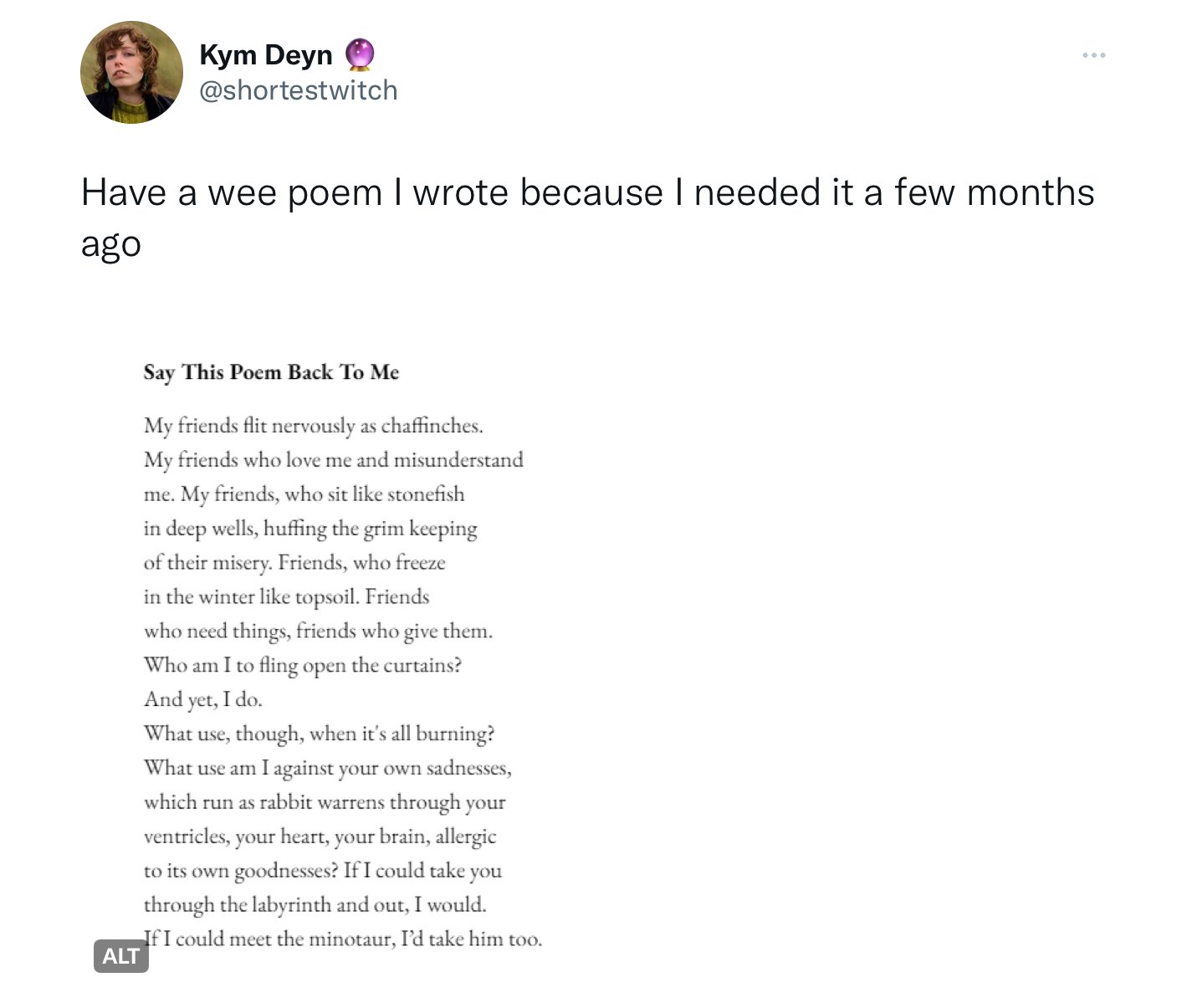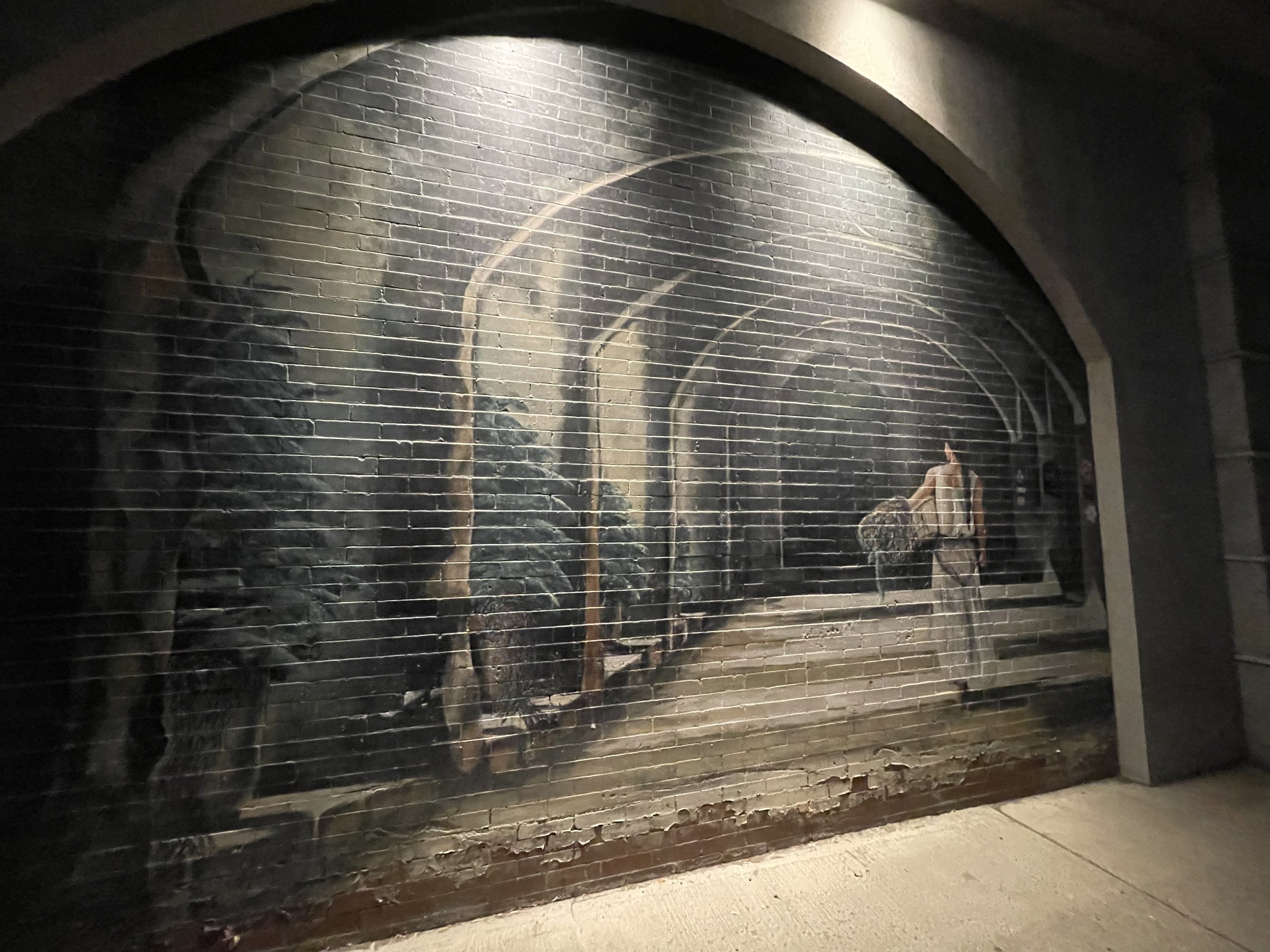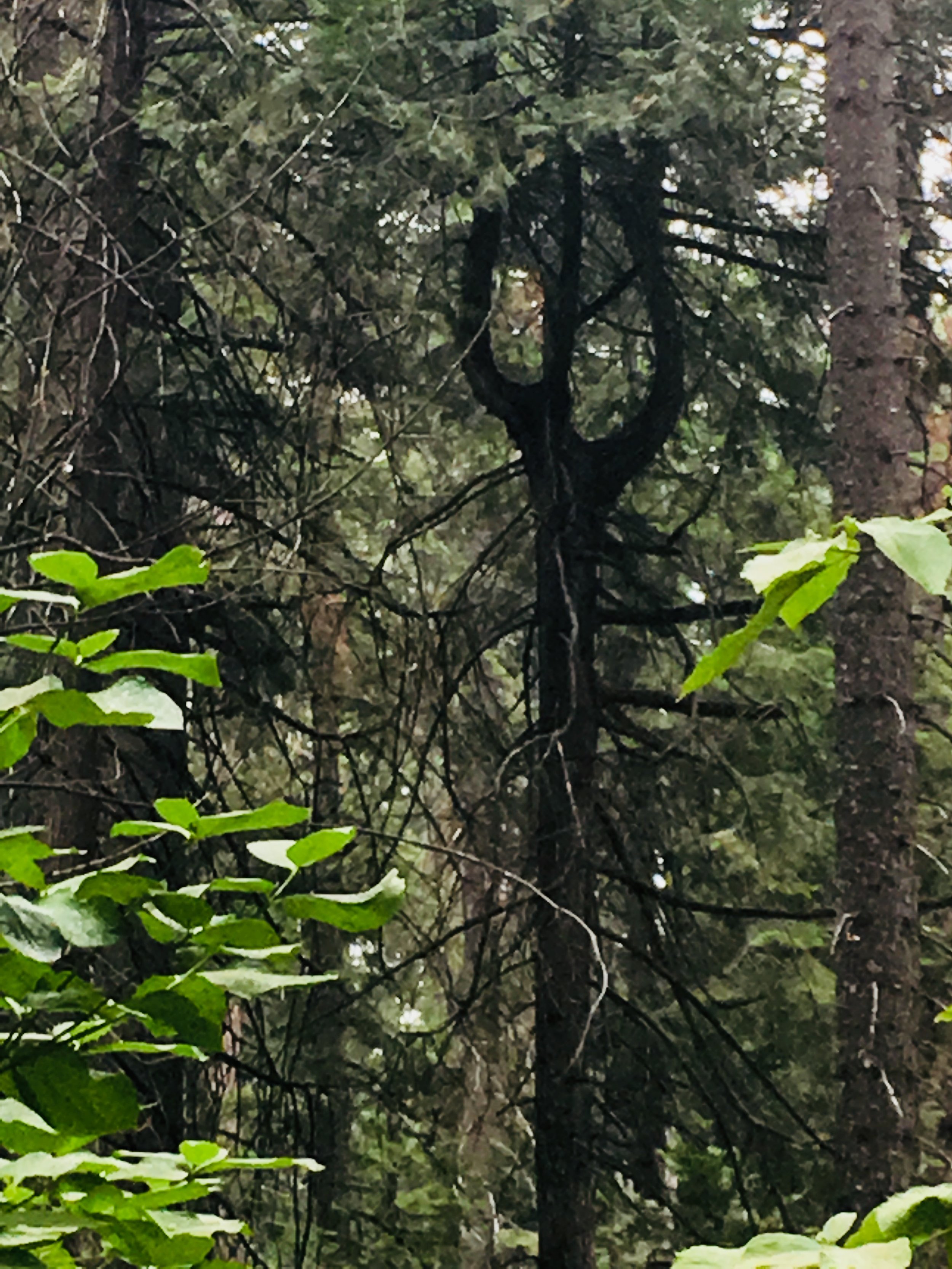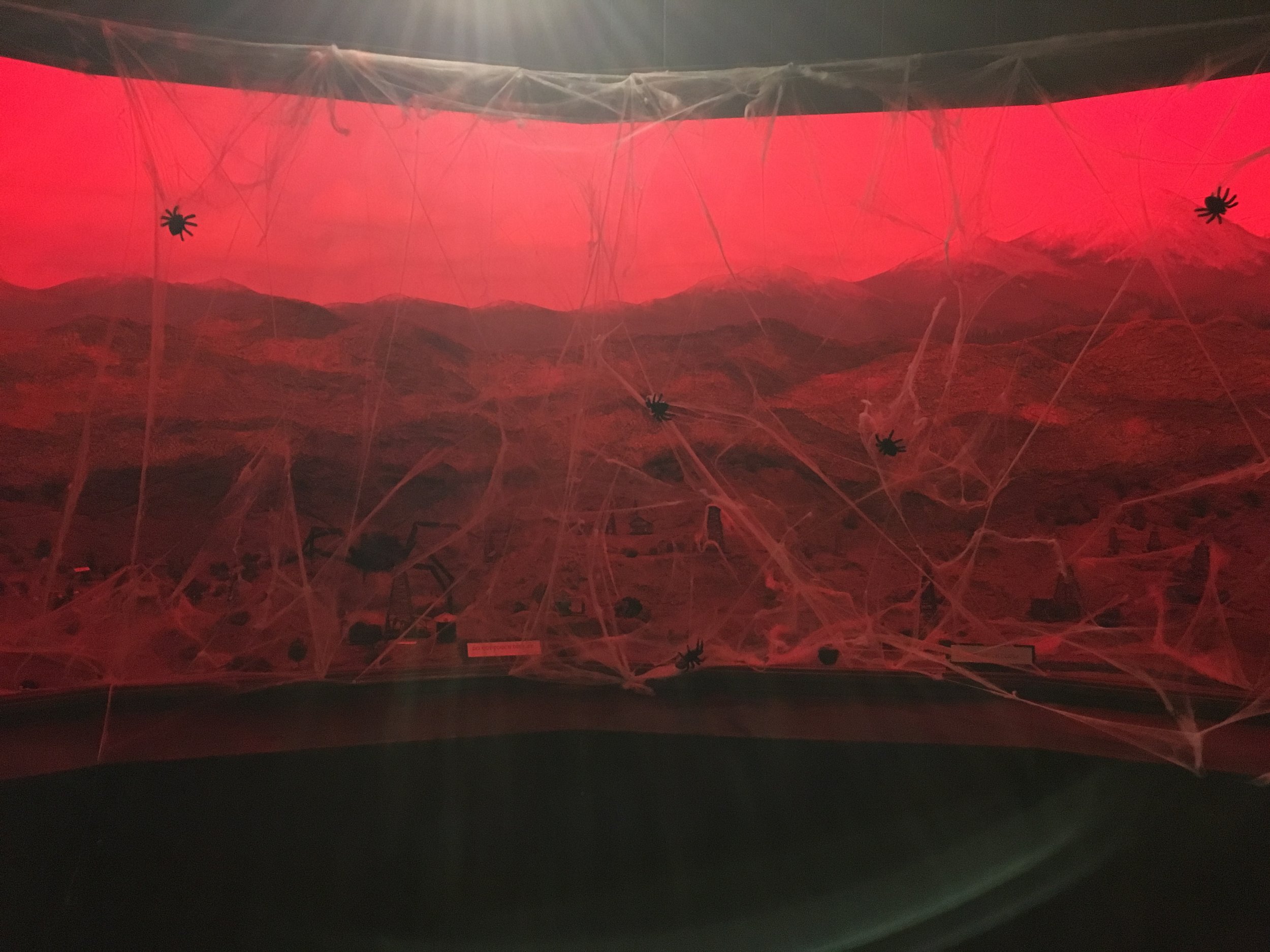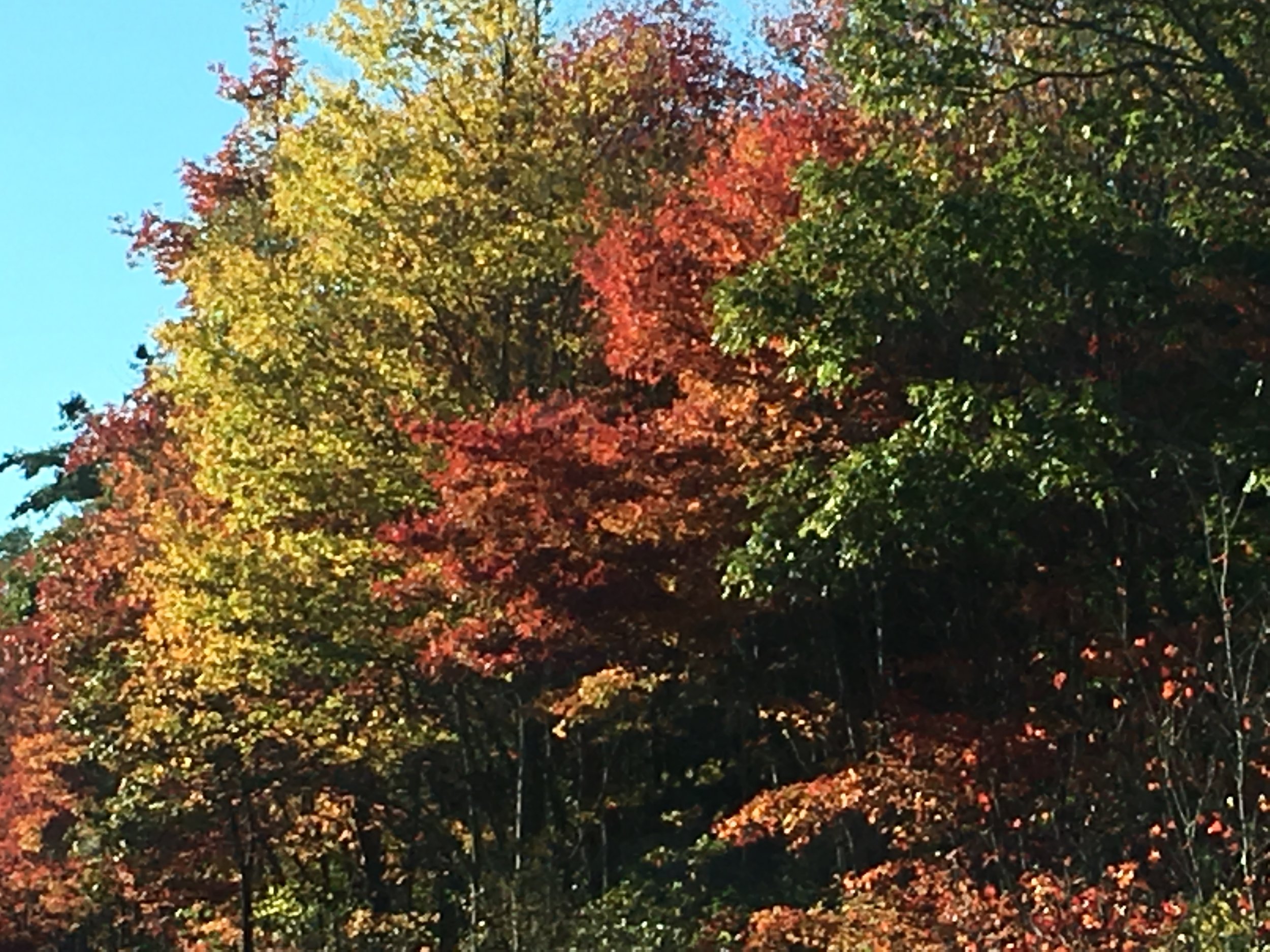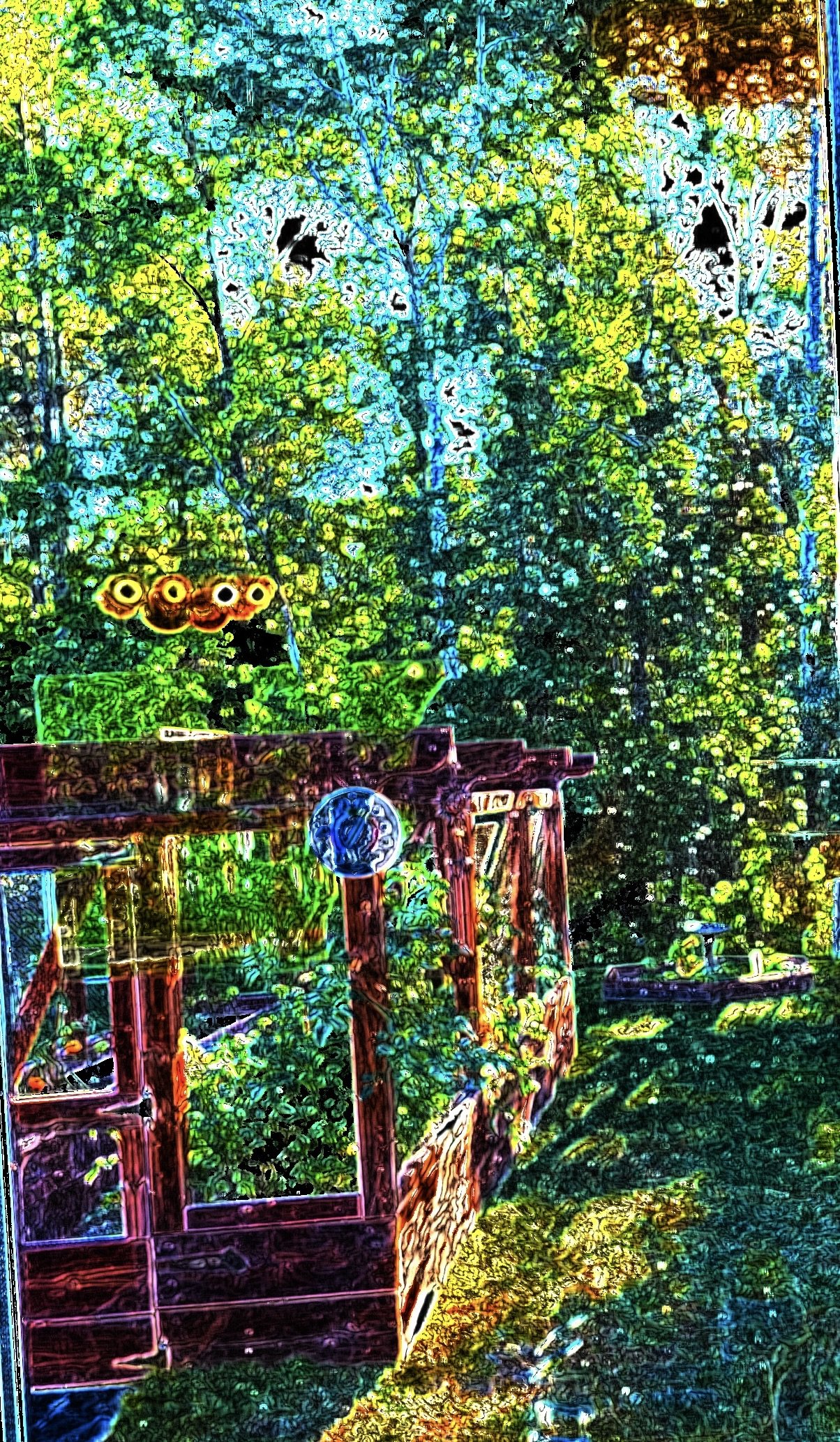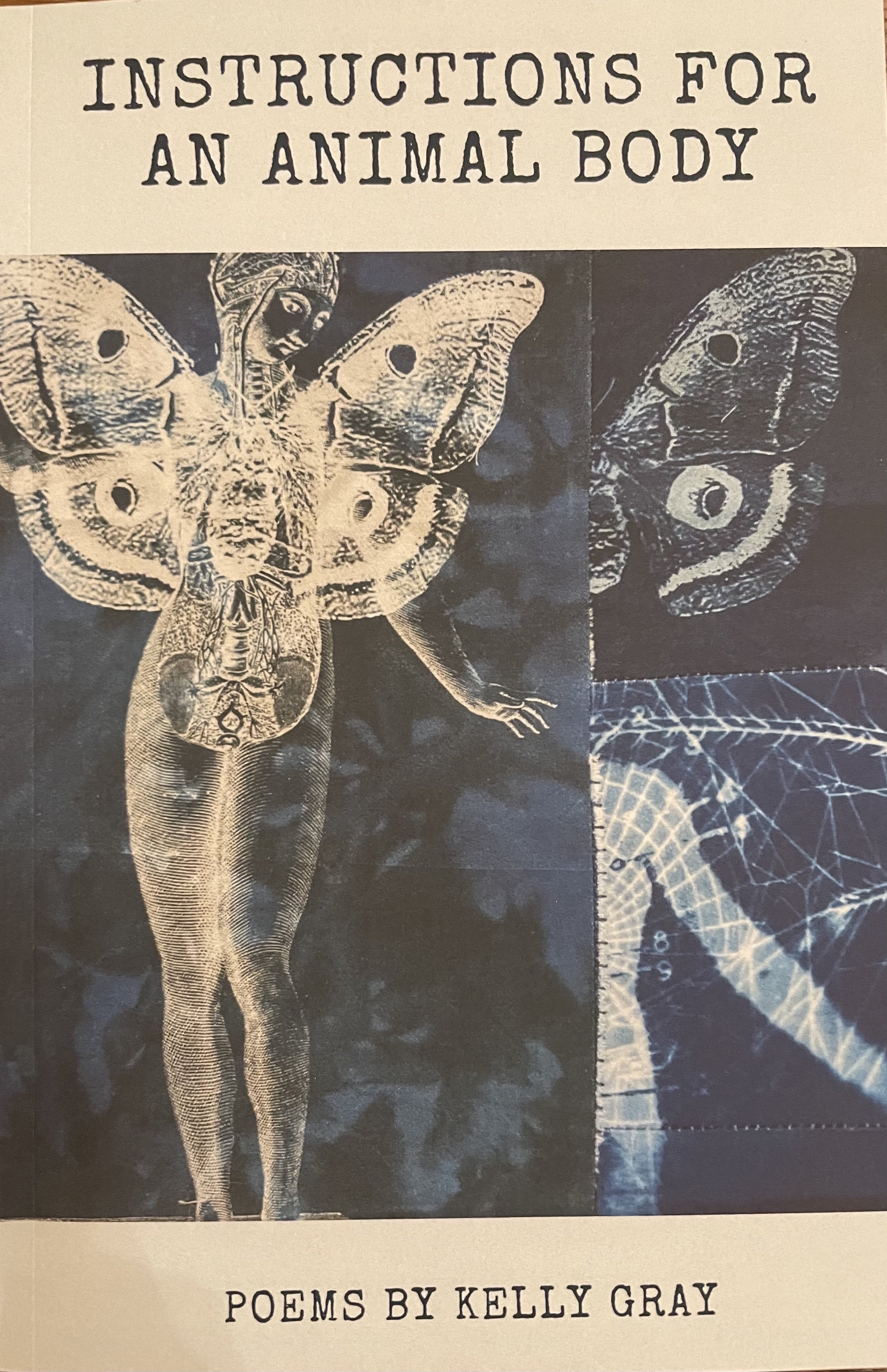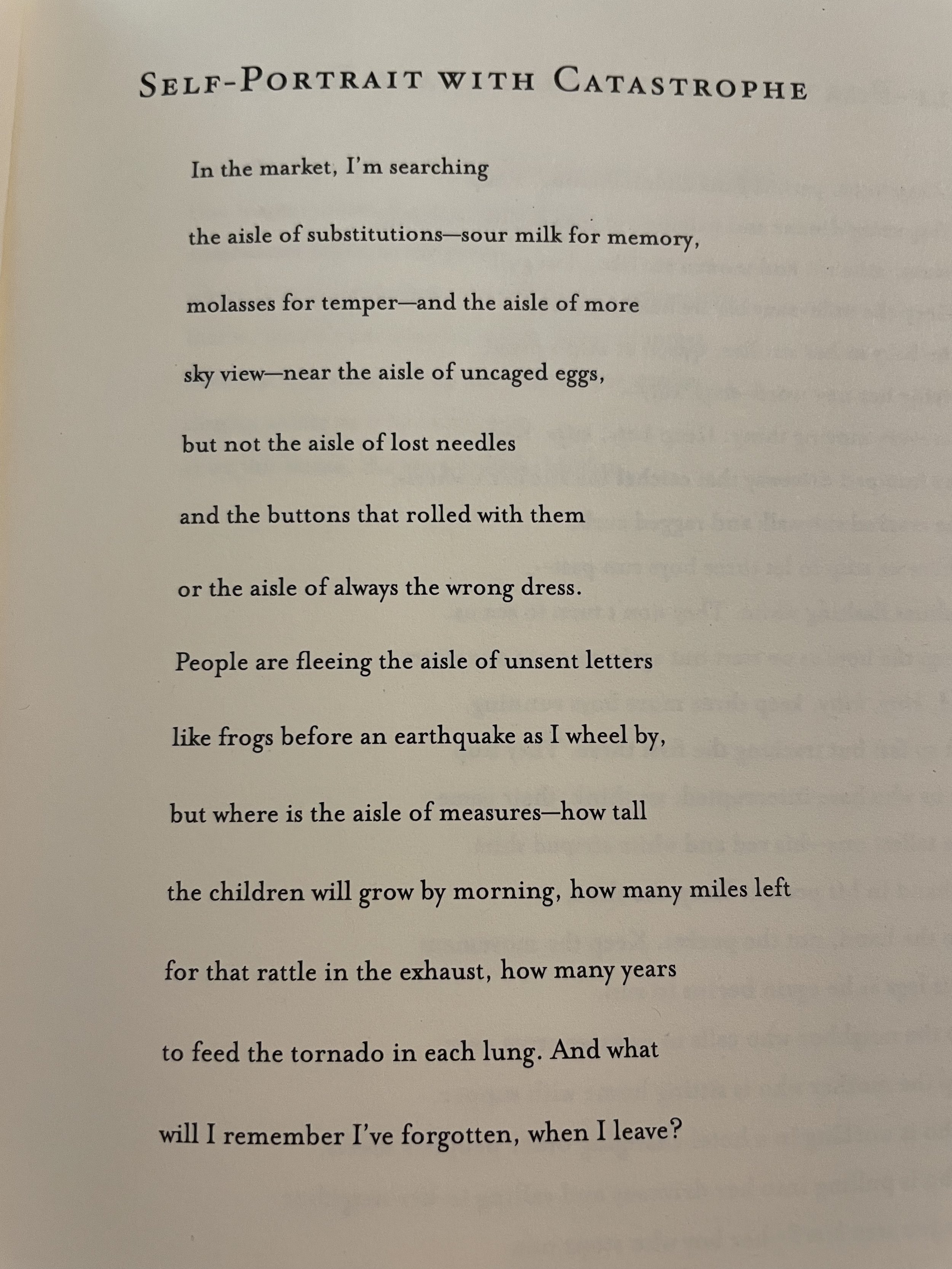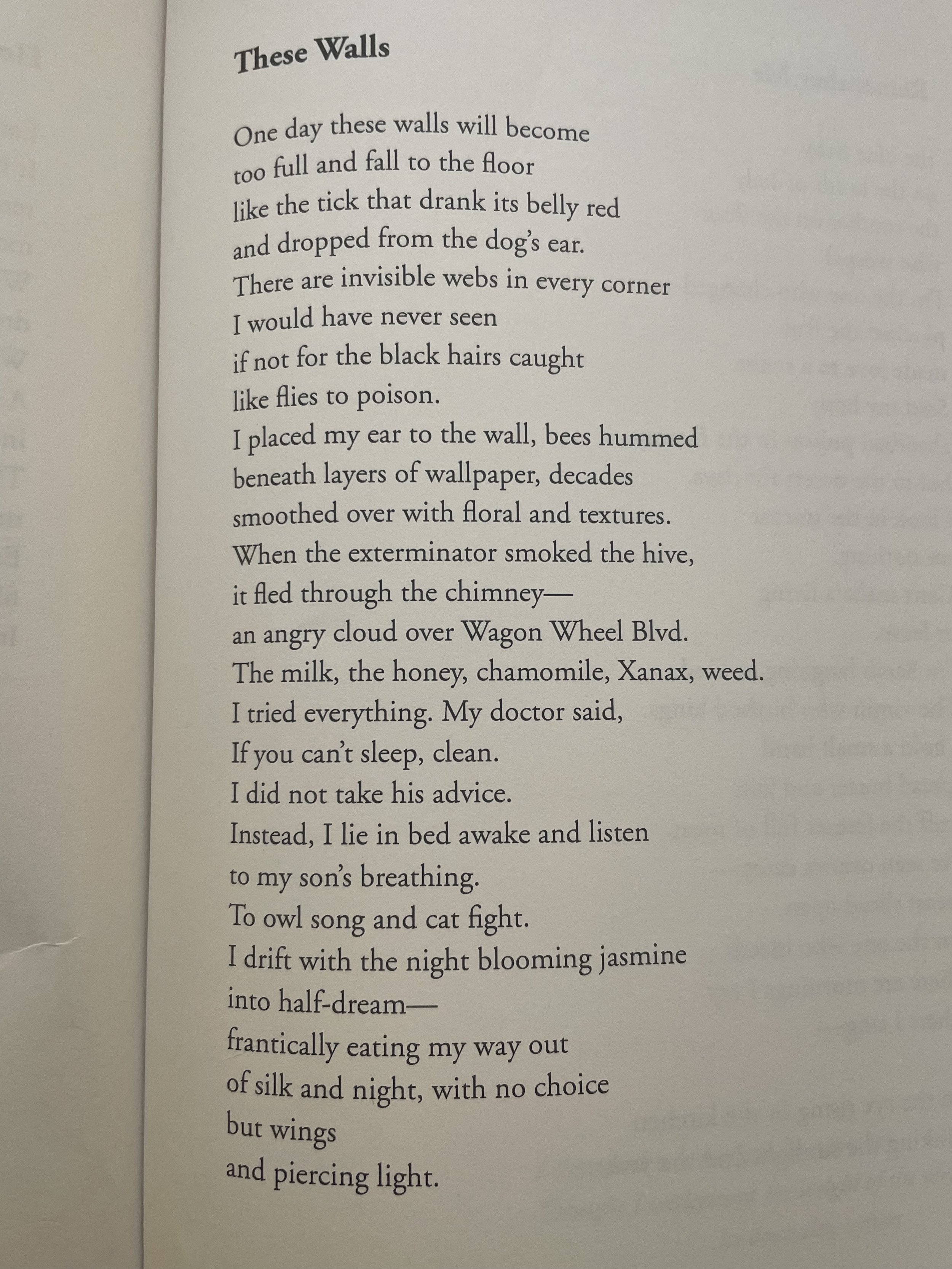I am still working on the prompt I’d started, but I wanted to get something out for a prompt or at least start a discussion. You have probably often heard that we should “separate the artist from the art” by people who want to continue promoting the writing or other artwork by a racist shithead or a rapist or abuser of some kind.
My opinion: fuck that. Our lives inform the art we make, and art comes from more than just an individual but from a surrounding community. If someone abused/abuses other artists within a community, that person doesn’t deserve to be uplifted by that same community (or a larger one).
Obviously, this is a decision every person has to make individually, and each situation (and its context) differs. For me, I have less of a problem of sharing, teaching, and promoting the work of a dead writer who no longer materially benefits, but I also want to focus more on living artists. Of course, there are writers who do or have done terrible things to others that I am unaware of; I am not a part of elite literary circles and am generally an outsider for even the larger Southern California writing community. Promoting and buying the work of generous and supportive writers is my goal. I appreciate all the guidance and encouragement I have received.
So, yes, I am a judgmental ass, but you probably already figured that out. And, sorry, Dad, I know I promised to work on using the f-word and other profanity less often. One resolution already down.
Now on to the prompts!
For the first prompt, write a poem on how to remove yourself from your writing, a kind of reverse ars poetica if you will. How would you erase your perspective or voice? What particular techniques or style is your writing known for? Self-deprecation is welcome. Or have fun with boasting. Either way, enjoy yourself!
For the next prompt, describe a surgery on removing your writing from yourself. Is a particular poem in a section of your liver? Your gallbladder? Why does it need to be removed? Are all those embarrassing poems about your ex housed in your appendix and need to be cut out? Do you have sestinas in your tonsils? (I admire people who can write sestinas; mine suck, seriously.) Do all your unfinished drafts ache like an abscessed tooth?
So you may have heard of “poet voice.” How a poet reads their poems can annoy (or infuriate) others, and there are as many opinions on the right way to perform a poem or read poetry aloud as there are poets. If someone reading aloud differently than speaking conversationally annoys you, describe how “poet voice“ should be excised. Since my speaking voice sounds like a hyperactive chipmunk, I have tried (and mostly failed) to develop a deeper voice that can carry a room, so I am guilty of “poet voice.”
What voice or voices (or personas, if you prefer) do you carry within you? Are they past selves? Or do you carry a chorus of mentors/critics within you? Would you remove it/them if you could? If so, how could you remove them? Amputation? Lancing? Antibiotics or antifungals? Maggots to eat the rotting flesh? Describe the voice(s)/persona(s) and their removal in a poem or flash fiction.
Graphic photo below!
Over the weekend I went to the Oddities and Curiosities Expo: so much taxidermy and dead butterflies.
Would the removed poems/artistic inspiration/narrative voice(s) be stored wet?
In conjunction with the previous prompts, write an ekphrastic using the following (graphic) photo.
And for the final (weird) prompt: describe the diorama the surgeons would find if they searched inside you for your muses.
And, if you are wondering, why yes, I DO believe I have ADHD.
I hope this post hasn’t been too graphic or disturbing and that you have fun!




